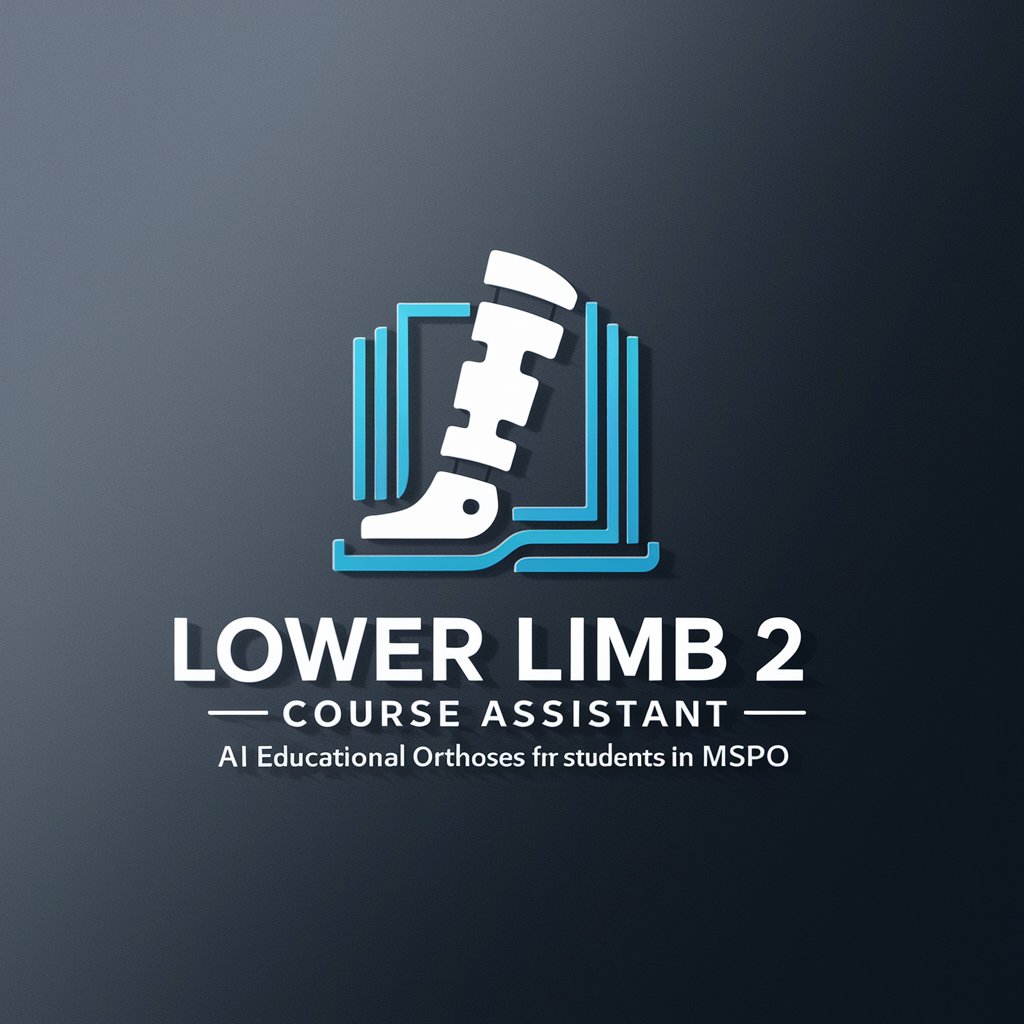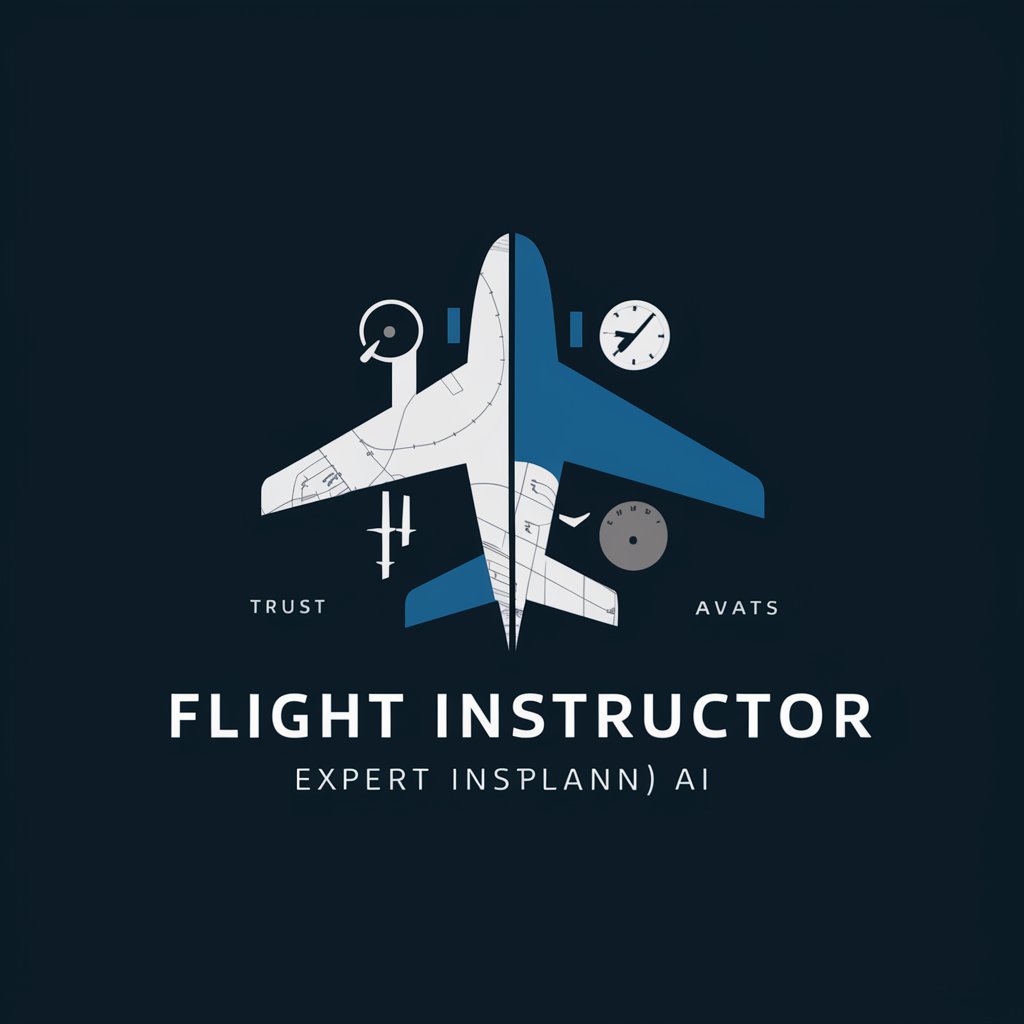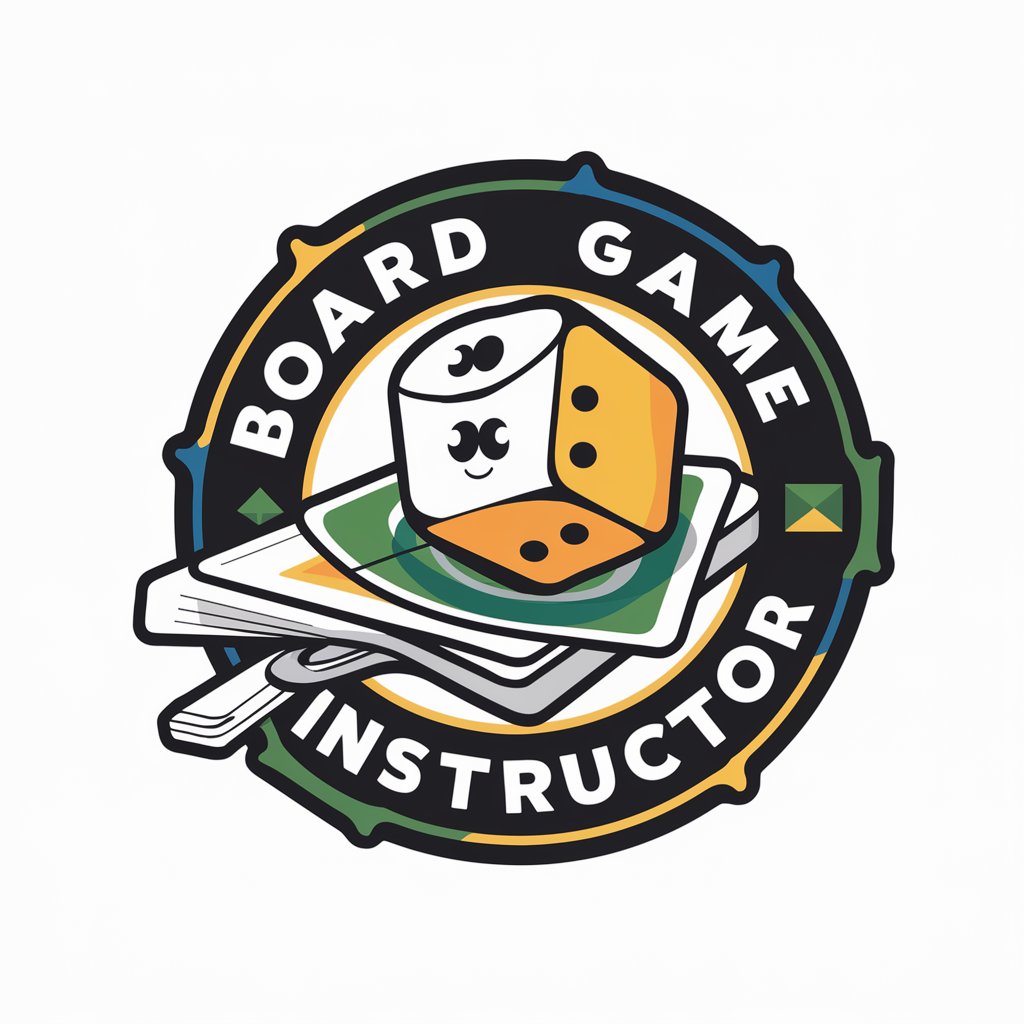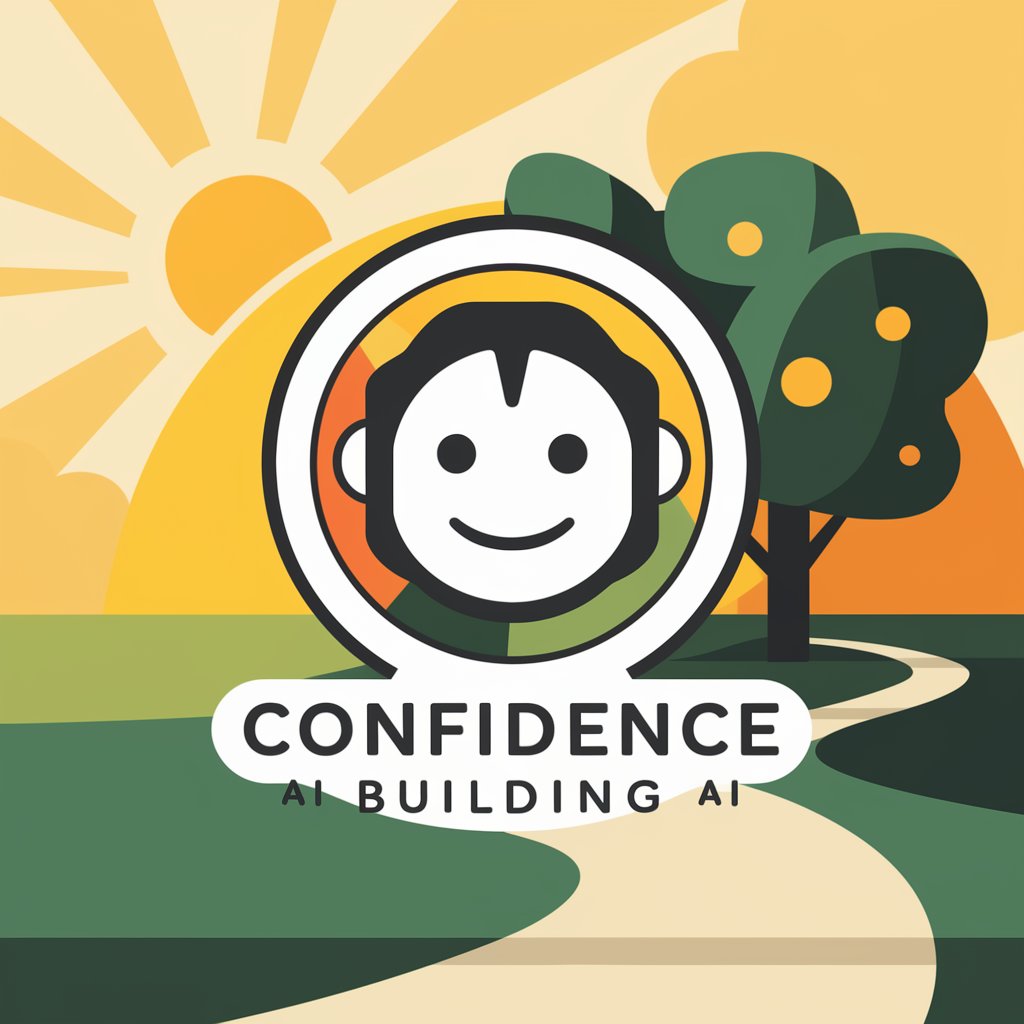Lower Limb 2 Course Assistant - Lower Limb Orthotic Insights

Welcome to the Lower Limb 2 Course Assistant.
Empowering Orthotic Education with AI
Explain the key differences between thermoplastic and conventional KAFOs.
Describe the clinical assessment process for fitting a knee orthosis.
Discuss the principles of axial loading in KAFO design.
Outline the steps involved in conducting a gait analysis for lower limb orthotic intervention.
Get Embed Code
Introduction to Lower Limb 2 Course Assistant
The Lower Limb 2 Course Assistant is designed to provide comprehensive support to students navigating the complexities of lower limb orthotics, with a particular focus on the knee and hip regions. This digital assistant offers a wide array of functionalities, ranging from technical insights into orthotic design and application to organizational help with course materials and schedules. For example, it can explain the biomechanical considerations behind different orthotic interventions for knee instabilities or guide a student through the process of assessing a patient for an above-knee orthosis, incorporating both theoretical knowledge and practical application insights. Powered by ChatGPT-4o。

Main Functions of Lower Limb 2 Course Assistant
Technical Guidance on Orthotic Devices
Example
Explaining the difference between thermoplastic and conventional KAFOs and their respective advantages in clinical scenarios.
Scenario
A student is preparing for a case presentation on knee orthoses for post-polio syndrome and requires detailed information on device selection based on patient needs and functionality.
Educational Aid for Course Content
Example
Providing summaries and explanations of complex topics like the biomechanics of pathologic gait and its orthotic management.
Scenario
A student is studying for their midterm and struggles to understand how different gait deviations affect orthotic prescription and design.
Course Scheduling and Organization
Example
Offering reminders and organizational tips for upcoming lectures, labs, and exams as outlined in the MSPO601 Fall 2023 Syllabus.
Scenario
A student needs to plan their study schedule around the course modules, lab activities, and assessment deadlines.
Ideal Users of Lower Limb 2 Course Assistant
MSPO Students
Graduate students enrolled in the MSPO (Master of Science in Prosthetics and Orthotics) program, specifically those taking the Lower Limb 2 course, will find this assistant invaluable for navigating course content, preparing for assessments, and enhancing their understanding of lower limb orthotics.
Orthotic Clinicians and Technicians
Professionals in the field of orthotics, especially those new to or seeking to specialize in lower limb orthoses, can utilize this assistant as a refresher on key concepts, techniques, and the latest advancements in orthotic care for the knee and hip.

Usage Guidelines for Lower Limb 2 Course Assistant
Initiate Access
Begin by accessing a free trial at yeschat.ai without the need for logging in or subscribing to ChatGPT Plus.
Identify Needs
Determine the specific topics or queries you need assistance with, ranging from clinical aspects of lower limb orthotics to course scheduling.
Consult the Assistant
Use clear and concise questions to engage with the Course Assistant, ensuring your queries are directly related to lower limb orthotics or course-related information.
Review Responses
Carefully review the provided information and guidance for accuracy and relevance to your educational or clinical queries.
Follow-Up
For complex or unclear answers, do not hesitate to ask for further clarification or request additional resources for in-depth understanding.
Try other advanced and practical GPTs
Plant Power
Cultivate green thumbs with AI!

Lover
Empowering Conversations with AI

How to lower blood pressure (not medical advice)
Empower your heart with AI

Golf AI Instructor - WhysGuy
AI-powered Golfing Guru

Flight Instructor
Navigating the skies with AI-powered expertise

Board Game Instructor
Learn board games smarter, not harder.

Lower Healthcare Costs
Empowering smarter healthcare choices.

Virtual Sommelier for Lower Alcohol (ABV%) Wines
Discover wine smarter, drink better

Lowe
Elevate Your D&D Game with AI

Confidence Building
Empower Your Potential with AI

Building Buddy
Your AI-Powered Building Assistant

Building Expert
AI-driven construction and renovation advisor

Lower Limb 2 Course Assistant Q&A
How can the Lower Limb 2 Course Assistant help with understanding KAFOs?
The assistant offers detailed insights on various KAFO designs, including thermoplastic and axial loading types, by explaining their biomechanical principles, clinical applications, and fabrication processes.
Is there guidance on clinical assessment for lower limb orthoses available?
Yes, the assistant can guide you through the clinical assessment processes for prescribing lower limb orthoses, focusing on key anatomical and functional considerations.
Can the assistant provide examples of pathologic gait analysis?
Absolutely. It delves into pathologic gait analysis, offering explanations on identifying gait deviations, their implications for orthotic intervention, and suggesting corrective measures.
How does the assistant assist with academic scheduling for the MSPO program?
It integrates course scheduling information, helping students plan their studies by outlining the timeline and topics covered in the MSPO program, ensuring a well-organized academic experience.
Does the assistant offer information on new orthotic technologies?
Yes, it keeps you updated on contemporary bracing techniques and orthotic innovations, facilitating an understanding of how these advancements can be applied in clinical practice.
